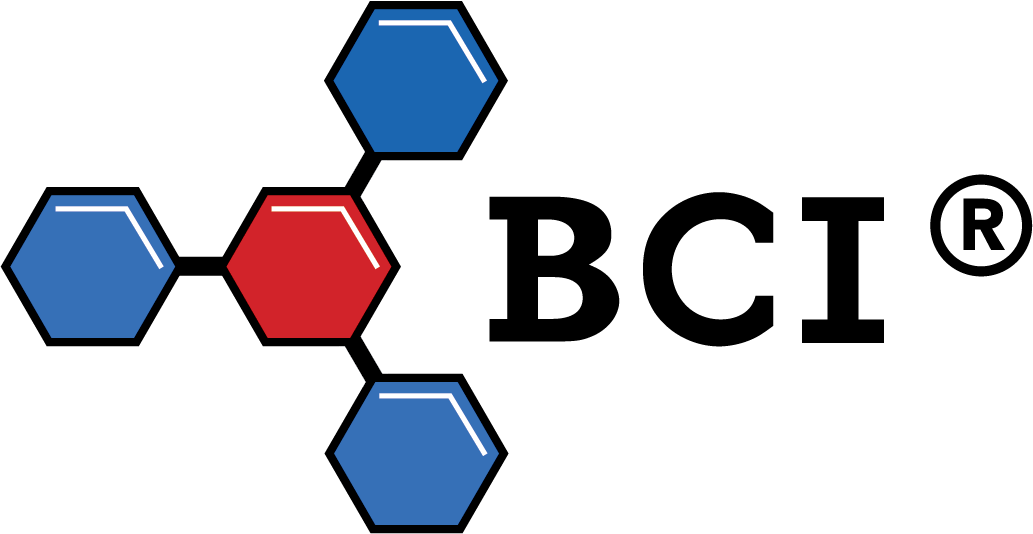Our Technology



Metal-Free ROMP
Ring-opening metathesis polymerization (ROMP) is a powerful synthetic method for converting cycloalkene monomers into high value polymers and materials. For decades, the centerpiece for achieving high efficiency ROMP was the use metal initiators, such as ruthenium, molybdenum, and tungsten salts. In 2015, the Boydston Research Group at the University of Washington discovered a way to conduct ROMP in a metal-free fashion. Further development led to a process in which visible light can be used to drive the polymerization, which is facilitated by simple vinyl ether initiators and organic photoredox catalysts. The photoredox organocatalyzed ROMP enables ready access to oligomeric species and linear (non-crosslinked) polydicyclopentadiene that are difficult to achieve using metal-based initiators. Moreover, photoredox catalysis allows for spatiotemporal control over polymer growth.
In 2017, co-inventors Prof. AJ Boydston and Mrs. Laura Pascual (NDSEG Graduate Research Fellow in the Boydston Research Group) teamed up with Mr. John Goldstone and co-founded Boydston Chemical Innovations (BCI). BCI’s initial goals are to demonstrate scalability of the photoredox ROMP method and provide innovations in fields that use ROMP to benefit society. With support from the National Science Foundation and University of Washington, BCI is using photochemical continuous flow technologies to achieve their goals.
- Patents
- Papers
- Initial publication (J. Am. Chem. Soc. 2015, 137, 1400): PDF
- Additional publications from the Boydston Research Group: Google Scholar



